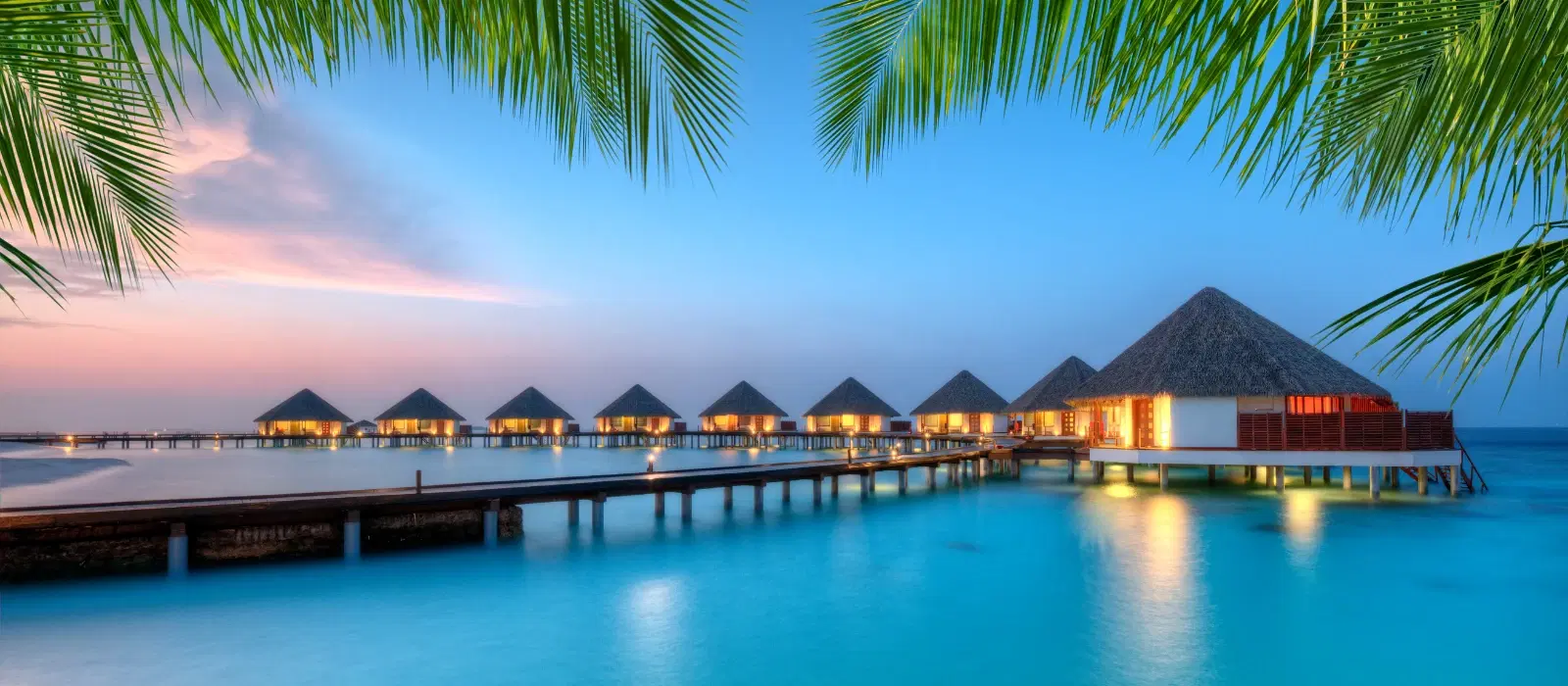
Hotels
•03 min read

The Maldives is not only famous for its breathtaking blue waters but also for its fascinating geography as the world’s flattest country. Nestled in the Indian Ocean, this enchanting archipelago captivates travelers with its unique collection of islands. In this post, we unravel the mystery behind how many islands in Maldives exist, diving into the Maldives islands count, their categorization, and the allure of each island type. Readers will gain a clear grasp on the total islands in Maldives, how they are distributed across atolls, and why this matters to marine enthusiasts, travelers, and geographers alike.
An archipelago is a group of islands scattered in a body of water. The Maldives perfectly fits this definition, as it is composed of a series of atolls—small coral islands grouped together—creating a picturesque mosaic in the vast Indian Ocean. This cluster of islands showcases natural beauty that is both rare and captivating, making it a top travel destination for those craving an escape into nature.
Positioned in the heart of the Indian Ocean, the Maldives is a tropical paradise located near several key Asian markets, including India. Its clear blue lagoons, vibrant coral reefs, and white sandy beaches have attracted visitors from India as well as from around the globe. The Maldives atolls serve as the structural backbone of this archipelago, creating an intricate network of island clusters that sustain rich marine biodiversity.
Officially, the Maldives boasts approximately 1,192 islands, spread over 26 distinct atolls. These islands vary significantly in size and purpose, offering everything from secluded hideaways to bustling local communities.
The islands in the Maldives are broadly categorized into inhabited and uninhabited groups. Inhabited islands are home to local communities where traditional lifestyles continue to thrive. In contrast, many of the uninhabited islands are pristine, serving as picturesque backdrops for eco-tourism, agriculture, or exclusive travel experiences. Of all the islands, less than 200 have permanent residents, while a significant number are either developed as resorts or remain untouched by human settlements.

Intricate island clusters in Maldives are organized into region-specific groups within the overall archipelago. Each atoll offers its distinct charm—some islands are renowned for their vibrant marine life, while others stand out for their tranquil, secluded beaches. This distribution not only adds to the rich biodiversity of the Indian Ocean but also provides varied experiences for travelers, from family-friendly spots to luxurious escapes.
Resort islands form a crucial part of the Maldives travel destinations. These specially developed islands offer intimate privacy and an immersive encounter with nature. Travelers from India looking for relaxation and exclusivity can find resorts that emphasize local culture and environmental sustainability. Each island resort provides a unique take on luxury, ensuring that experiences are both memorable and in harmony with the natural surroundings.
The Maldives islands contribute substantially to the country’s economy. Tourism is a major driver, with regular visitors supporting local businesses through various sectors including fishing and sustainable agriculture. At the same time, challenges such as rising sea levels affect these low-lying islands, necessitating continued efforts towards environmental conservation. This balance between development and preservation remains key to the islands' economic outlook.
When compared to other island nations like Seychelles or Mauritius, the Maldives stands apart due to its unique atoll formations and the sheer count of islands. Unlike other nations that may consist of a few larger islands, the Maldives’ numerous small islands spread across its archipelago create a distinctive mosaic. This makes it an intriguing point of comparison in terms of both geography and tourist offerings.
On a global scale, the Maldives islands count is remarkable when compared with sprawling archipelagos such as those in Indonesia or the Philippines. The concentration of 1,192 islands within a relatively compact area makes the Maldives a standout example of island density and diversity, providing endless exploration opportunities for travel enthusiasts.

The Maldives is home to approximately 1,192 islands, but less than 200 are inhabited. The rest are either uninhabited or used exclusively for tourism, agriculture, or other purposes.
There are approximately 1,192 islands in the Maldives, grouped into 26 atolls.
The official language of the Maldives is Dhivehi, though English is widely spoken in tourist areas.
The largest island in the Maldives is Gan Island, located in the Addu Atoll.
The best island depends on your preferences. Options range from luxurious private islands to budget-friendly local spots known for excellent diving.
In summary, the Maldives archipelago is a fascinating collection of 1,192 islands spread across 26 atolls. These islands are categorized as inhabited, uninhabited, or resort islands, each playing a vital role in the region's geography, economy, and tourism appeal. As a top travel destination, the Maldives continues to enchant visitors with its natural beauty and cultural charm, inviting further exploration into its unique island clusters.